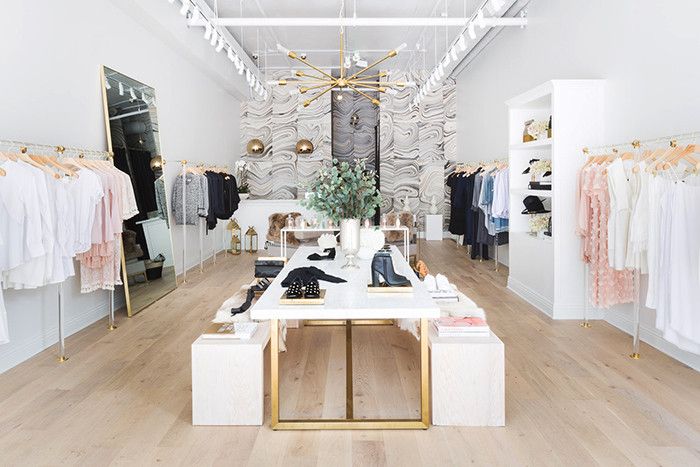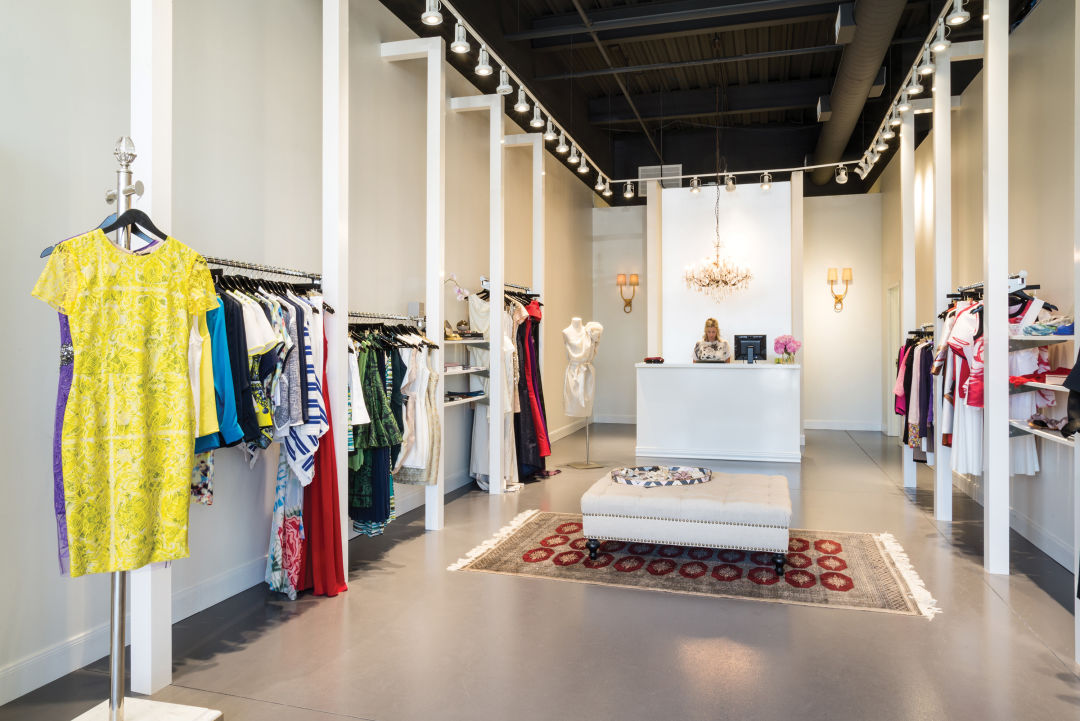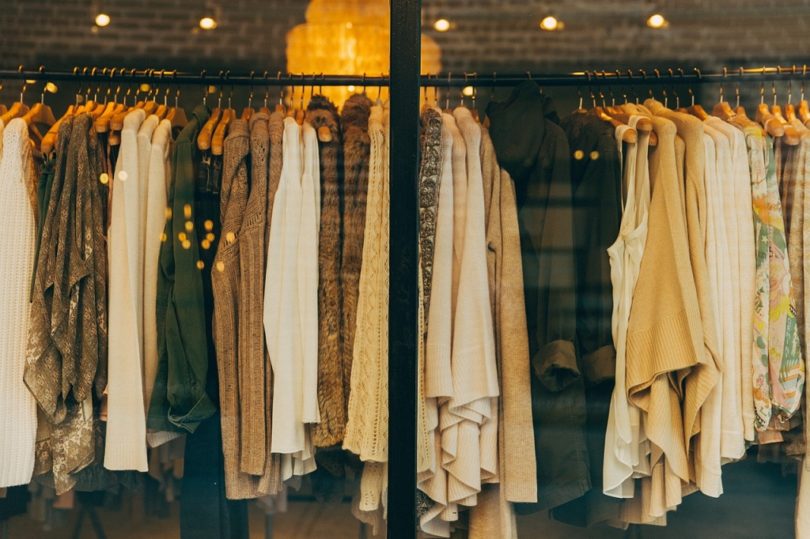A Deep Study the World of High-Fashion Runways: Recognizing Clothes as Art
High-fashion paths have actually arised as arenas where clothes transcends its utilitarian beginnings, developing into an advanced kind of artistic expression. Designers, similar to skillful musicians, weave complex narratives with fabric, kind, and shade, testing conventional norms and redefining charm criteria. These programs are greater than mere display screens; they are immersive experiences, where every stitch and seam tells a tale abundant with cultural importance and avant-garde advancement. As we discover these sartorial eyeglasses, we must contemplate: what duty does style play fit social worths, and just how does it mirror the ever-changing tapestry of human feeling and identity?
The Advancement of Runway Shows
The trajectory of runway shows has changed dramatically over the years, developing from exclusive market events to fascinating eyeglasses that blend fashion with art. Commonly, path programs were intimate events, kept in ateliers or small places, mainly participated in by purchasers and sector insiders. These early discussions concentrated on the garments' craftsmanship and business stability, supplying a straight and functional screen of seasonal collections.
As the garment industry expanded, the nature of runway shows started to transform. The 1970s and 1980s marked a turning point, with developers seeking to differentiate themselves via more theatrical discussions. This era saw the increase of intricate sets, choreographed versions, and thematic narratives, advertising a new age where the path became an experiential system. The programs changed into a type of narration, where each collection shared a distinct narrative or idea.
In recent years, innovation and social media have additionally revolutionized runway programs, making them easily accessible to a global audience. Livestreaming and digital systems have equalized fashion, enabling lovers worldwide to witness these occasions in real-time (boutique fashion). This development reflects a broader social change, where high-fashion paths work as a dynamic intersection of design, technology, and efficiency
Designers as Enthusiast Artists
Designers in the high-fashion sector have actually blurred the lines between functional garment production and the conceptual realm of art. By accepting artistic self-controls such as sculpture, painting, and progressive setups, designers craft garments that test conventional style norms and boost them to art forms.
Visionary developers draw ideas from a myriad of sources, consisting of abstract art, historical referrals, and individual narratives. They have a special capability to imagine and emerge ideas that push the limits of standard style, often redefining visual standards while doing so. This innovative resourcefulness is showcased through remarkable shapes, cutting-edge materials, and complex workmanship, which invite customers to experience style as more than simply wearable products.
Furthermore, the runway functions as a canvas for these artists, where illumination, music, and set style coalesce to develop immersive experiences. These discussions are not merely displays of clothes however are managed efficiencies that stimulate feeling and prompt thought, affirming the designer's function as a true musician in the contemporary social landscape.
Social Impacts in vogue
Social tapestry weaves its detailed patterns right into the material of fashion, influencing designers around the world. The dynamic interchange of cultural tales, practices, and icons notifies and inspires collections that poise high-fashion paths.
The influence of society on style is usually seen in the reinterpretation of typical garments and patterns. The usage of Japanese kimonos, Indian saris, or African prints in modern fashion mirrors a blend of social credibility and contemporary aesthetic appeals. Designers such this contact form as Valentino's Pierpaolo Piccioli and Alexander McQueen's Sarah Burton have been understood to integrate rich social concepts right into their couture collections, translating background right into wearable art.

Advancement in Fabric and Design
Technology in material and style consistently reshapes the landscape of high-fashion, pressing boundaries and redefining opportunities. Recently, technological improvements have substantially added to this development, presenting materials that challenge conventional perceptions. Textiles embedded with smart fibers, capable of changing color or managing temperature level, are no more restricted to the world of sci-fi. Designers are progressively exploring the integration of innovation, such as 3D printing, which enables the production of complicated structures that were previously inconceivable.
The style industry is experiencing a rise in the use of eco-friendly products, acquired from recycled plastics, organic fibers, and also biodegradable parts. Designers are accepting these materials to craft garments that are both aesthetically striking and mindful of their environmental impact.
In terms of design, avant-garde silhouettes click for source and speculative forms are continuously changing the path. By incorporating unconventional products and advanced strategies, designers grow garments that obscure the line in between style and art, establishing brand-new standards for imagination and expression in the high-fashion round.
Influence of Style on Culture
Style possesses an extensive impact on culture, serving as both a representation of cultural identification and a stimulant for social adjustment. Via its advancement, style has actually mirrored social shifts, encapsulating the zeitgeist of various eras. The flapper gowns of the 1920s symbolized a newly found sense of women's freedom, while the vibrant prints of the 1960s resembled the innovative spirit of the time. High-fashion paths, particularly, work as platforms for tough norms and redefining appeal standards. Designers use these locations to address pushing social issues, from sustainability to diversity, consequently forming public discussion.
Moreover, style has the power to bridge social spaces, promoting understanding and gratitude amongst varied teams. As globalisation accelerates, the cross-cultural exchange of style ideas comes to be significantly significant, promoting inclusivity and variety. The rise of streetwear, stemming from metropolitan subcultures, illustrates just how fashion can go beyond socio-economic boundaries, approving individuals a way of self-expression and empowerment.
Basically, fashion is not just about aesthetic appeals; it is a dynamic pressure that affects values, perspectives, and social progress (boutique fashion). By continually engaging with cultural and social currents, style stays an integral part of the cumulative human experience

Verdict
High-fashion paths act as great post to read dynamic fields where garments goes beyond functionality to come to be an expressive art form. Designers, comparable to visionary musicians, coordinate collections that show identification, emotion, and cultural narratives, challenging standard aesthetics. The combination of innovative textile and style, combined with sophisticated collection designs, lighting, and songs, creates immersive experiences that celebrate multiculturalism. This intersection of style and virtuosity not just astounds audiences worldwide but also affects social assumptions and advertises a deeper admiration for multiculturalism.

Cultural tapestry weaves its detailed patterns into the material of style, affecting designers worldwide.Fashion possesses a profound impact on culture, offering as both a representation of cultural identity and a stimulant for social modification.